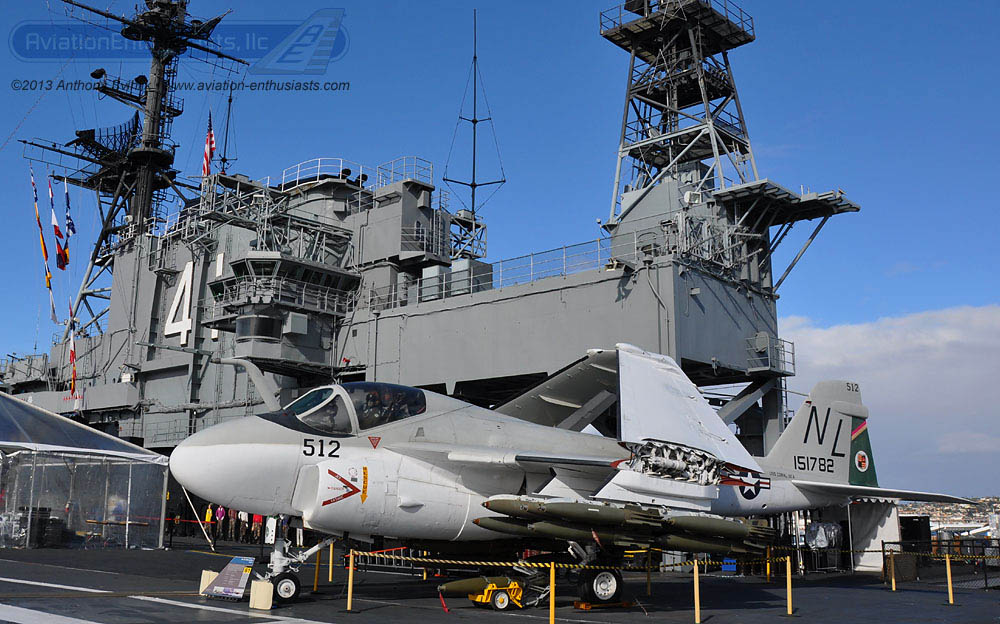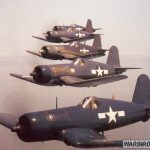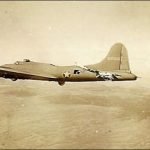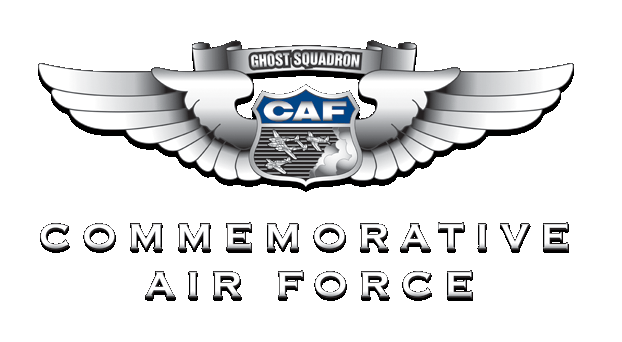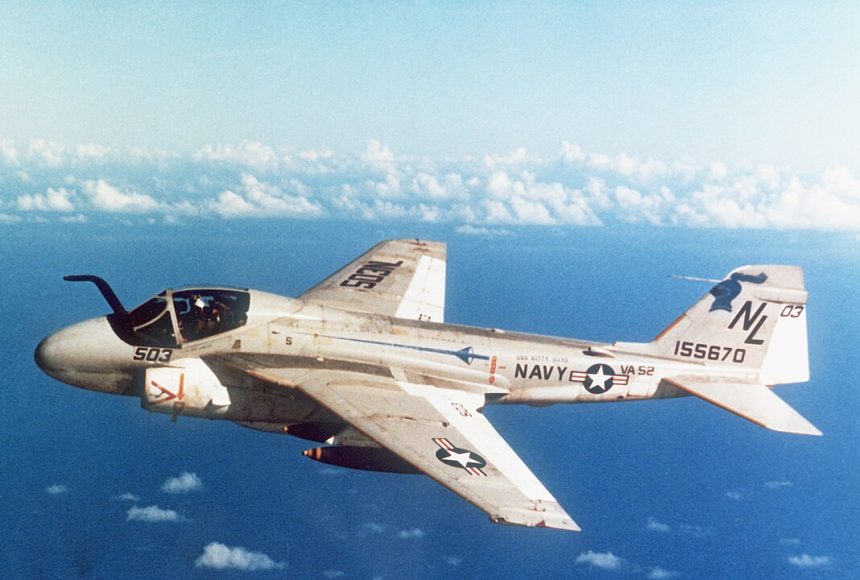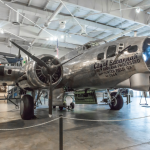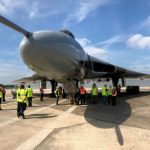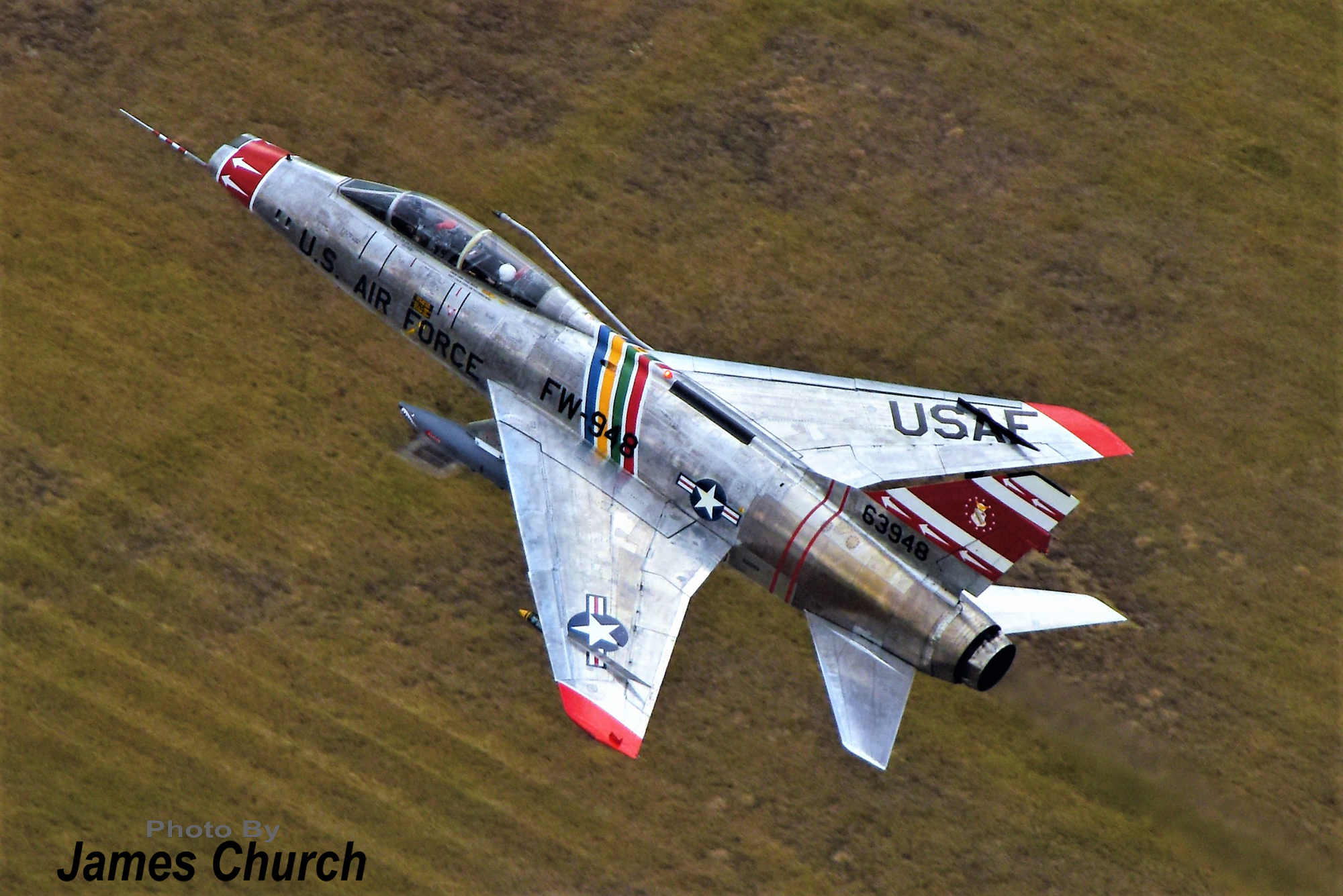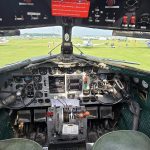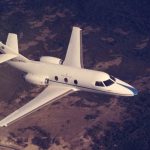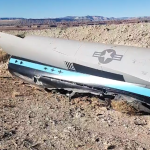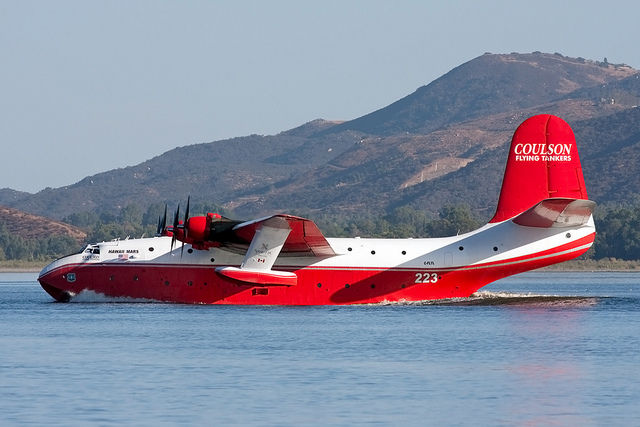Sixty-five years ago today, on April 19, 1960, the Grumman A-6 Intruder took to the skies for the first time. The aircraft was born out of a 1957 request by the U.S. Navy’s Bureau of Aeronautics for a new attack platform capable of operating in all weather conditions and conducting long-range naval interdiction missions. The aircraft also needed short takeoff and landing (STOL) capabilities to support close-air support missions for the U.S. Marine Corps. Its ultimate goal was to replace the aging Douglas A-1 Skyraider.
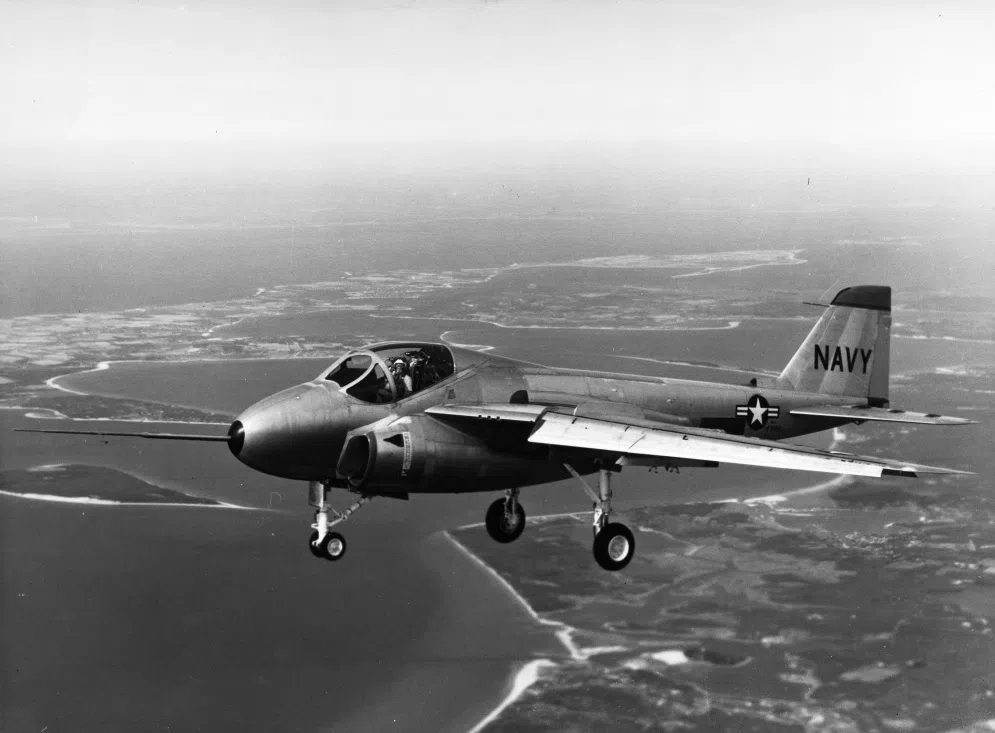
Grumman’s design stood out, particularly for its side-by-side seating arrangement for the pilot and bombardier/navigator—an unusual feature at the time. The A-6 Intruder became the first U.S. Navy aircraft with a fully integrated airframe and weapons system, making it one of the most advanced strike platforms of its era. Powered by two Pratt & Whitney J52-P8B turbojet engines, each generating 9,300 pounds of thrust, the Intruder could reach speeds up to 640 mph, with a combat range of 878 nautical miles and a service ceiling of 42,400 feet.
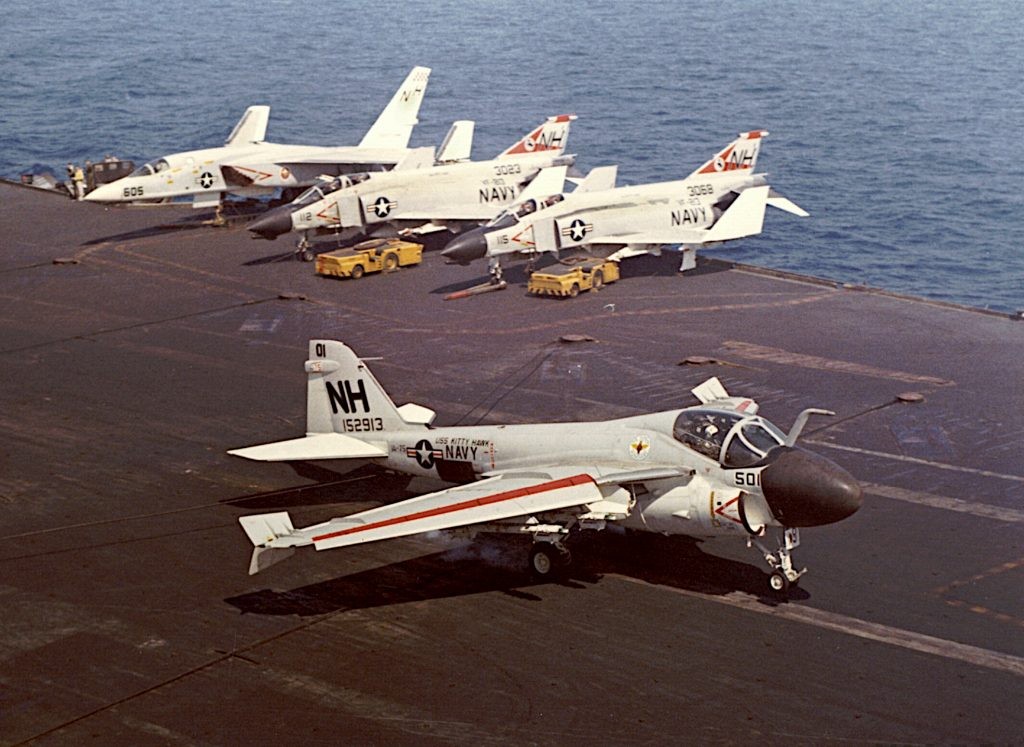
The Intruder was heavily armed, featuring five external hardpoints under the wings and fuselage centerline capable of carrying up to 18,000 pounds of ordnance. Its arsenal included LAU rockets, AGM, AIM, and ADM missiles, and a range of general-purpose and precision-guided bombs such as the Mk 82/83/84 and GBU/CBU series. The A-6 was also nuclear-capable, able to carry B43, B57, or B61 weapons for “toss-bombing” delivery missions. A specialized tanker variant, the KA-6D, was also developed and equipped with external fuel tanks for mid-air refueling.
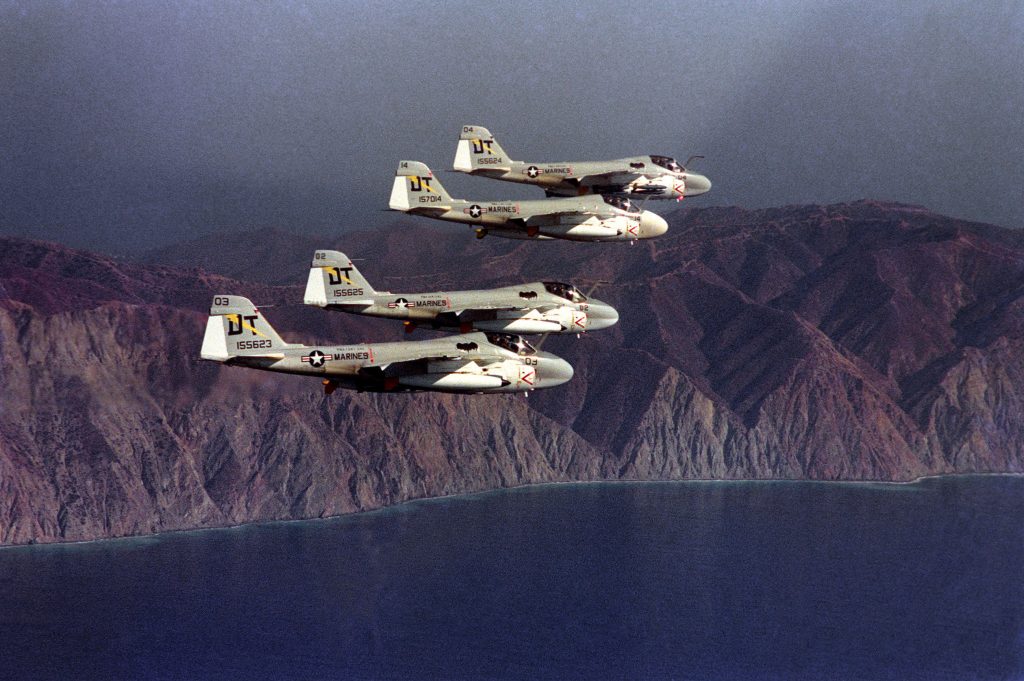
The A-6 Intruder served faithfully until its retirement from U.S. Navy and Marine Corps service in 1997. Today, many examples of the aircraft can be seen on display in aviation museums across the country. The aircraft gained broader public recognition thanks to the 1991 film Flight of the Intruder, starring Danny Glover and Willem Dafoe, which showcased the aircraft’s role in combat and earned the A-6 a well-deserved place in pop culture and aviation history alike.
